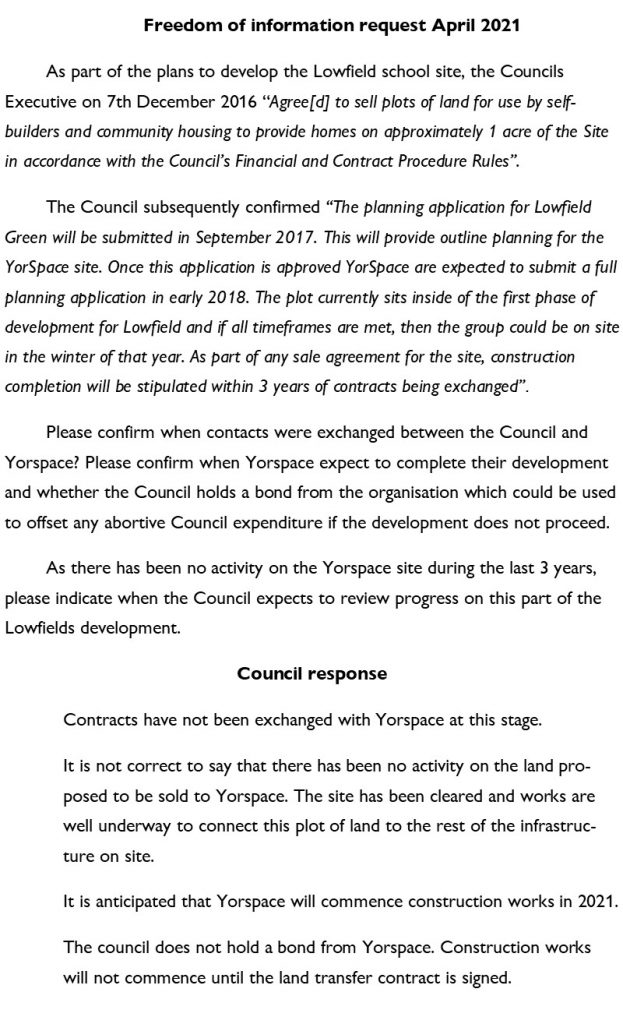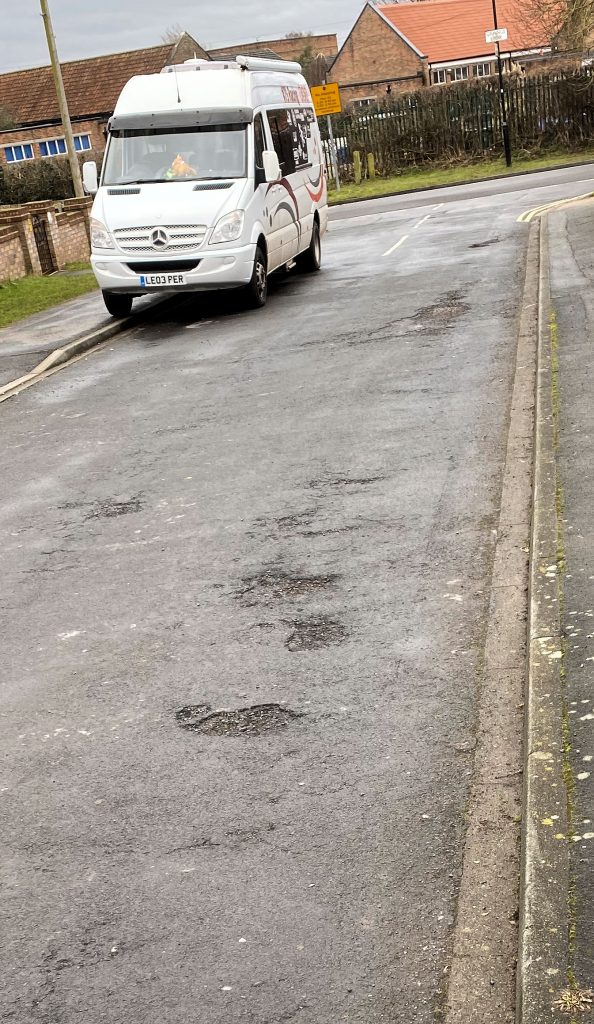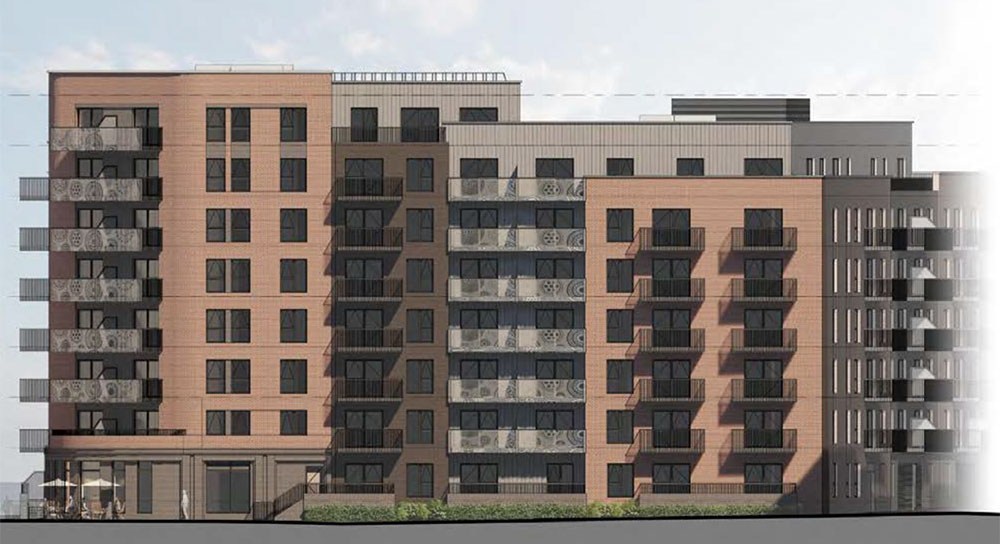 It seems that the unmet demand for new homes – which built up during lockdown – has resulted in high demand and rising prices in York. The City has been named as one of “the” places to live in a succession of media surveys and that is one of the reasons for some sections of the housing market – in some neighbourhoods – are seeing a lot of activity.
It seems that the unmet demand for new homes – which built up during lockdown – has resulted in high demand and rising prices in York. The City has been named as one of “the” places to live in a succession of media surveys and that is one of the reasons for some sections of the housing market – in some neighbourhoods – are seeing a lot of activity.
It is a market that the York Council may be eager to exploit. It has several new developments in the pipeline including the huge York Central site, Duncombe Barracks, Castle Mills, Lowfields and the Burnholme Hub.
The latter two illustrate some of the challenges.
Lowfields
Neighbours of the Lowfield Green site have never been happy with what they view as an overdevelopment. A sports field will be built on without any compensatory public open space being provided.
But it is the pace of development, which is one of the current major concerns.
 An FOI response has revealed that the Yorspace communal housing group have still not completed the purchase of their allocated plot (located in the south east corner of the development).
An FOI response has revealed that the Yorspace communal housing group have still not completed the purchase of their allocated plot (located in the south east corner of the development).
The site was used as a location for a spoil heap for about six months and the subsequent removal of this remains the only work completed in the immediate area.
Residents were promised that – from start to completion – the project would take a maximum of 3 years. A long time to suffer the drone of nearby heavy plant and increased traffic, but nevertheless the promise provided light at the end of the tunnel for neighbours.
It is 18 months since the builders arrived. So far there has been no progress on providing any community facilities or the promised retirement home.
Prospective purchasers are likely to be discouraged by the prospect of living on a building site for several more years.
More information can be found on the residents action group Facebook page
Burnholme
 A similar situation could arise at Burnholme. As explained last week, a planning application for this development will be determined on Wednesday.
A similar situation could arise at Burnholme. As explained last week, a planning application for this development will be determined on Wednesday.
The background has changed over recent days with anti-social behaviour problems escalating at the nearby Derwenthorpe development and within the Burnholme Hub itself.
We understand that the library has been a recent target for vandals.
All in all, that suggests a rethink of security across the whole neighbourhood is needed.
Expecting new residents to park their cars at remote locations simply adds to the risks.





















